
Heart Rate Sensor Test - and things I never knew before!
In which I discover things I never knew about my indoor trainer and my Garmin watch!
I was interested in seeing how well my Garmin Vivoactive 5 watch would function as a heart rate sensor, broadcasting to whichever device I choose. I had tested the connections, and could see that it could pair with my Apple TV (which must be via Bluetooth) and with my Edge 840, presumably via ANT+. I was keen to see how the watch would shape up when I was engaged in riding HIIT intervals of 30s - would it keep up well enough?
The set up
The Apple TV running Zwift was paired with The Garmin Neo 3M indoor trainer for power, cadence and was controllable. I also paired a Polar H10 HR sensor. These devices were obviously paired using Bluetooth.
In parallel, I used the Vivoactive 5 to broadcast heart rate, and paired it with a Garmin Edge 840. I was keen to see if I had the two devices starting synchronously, so I also connected the Neo 3M as a power device. Both these connections were via ANT+. I did my best to start the Edge 840 just as I started pedalling.
The graphs are prepared using the DC Rainmaker Analyzer tool. Click a graph for an enlargement.
Power
First off, here's the workout. It's 5 x sets of 10 30 second HIIT intervals with 30 second recoveries, 3:30 between sets. The two traces are near-identical, as you'd expect as the data come from the same device.
Let's take a look at a detail - the first 30s interval of set 3.
Looks to be aligned within a second - since sampling is each second, that's probably as aligned as I'd get things - I didn't fiddle with the alignment function of the Analyzer software for such a slight discrepancy - which dcould indicate some latency somewhere.
Heart Rate
Looking at the performance of the two HR sensors was the main purpose of the investigation. Here's the overall picture. I think it's obvious there's a slight misalignment of the two curves with the Vivoactive 5 trace lagging by a few seconds. It also looks as though the HR data from the watch is a bit more ragged than that from the chest strap, with a few noticeable upward and downward spikes. Whether that's due to me changing wrist angle and position as I shifted on the handlebars I don't know, but that might be a reasonable explanation.
Here is a detail for the same 30s interval as shown above for power.
While with the power data, the Bluetooth Zwift power data lagged about 1s behind the ANT+ data from the Edge 840, in this case, the HR data from the watch (recorded on the Edge 840) is lagging by about 2s. So I guess that suggests a 2-3s lag overall.
That doesn't seem terribly significant to me. Especially given that HR fluctuations lag behind effort fluctuations, and I generally train to power levels anyway. I don't generally do detailed analyses of HR and Power to that level of granularity.
What was interesting to me was how the Edge 840 recorded my power.
Left-Right Power balance
This caught me rather by surprise! I noticed that the analyzer picked up L-R power balance. Of course had I read DC Rainmaker's reviews of recent models of Tacx (now Garmin) trainers a bit more carefully, I'd have picked up on this. But the apps I use for indoor training don't record or show L-R data, so I'd not noticed before.
I've known for a long time that I have a fairly sizeable L-R imbalance, favouring my right side (lower power on my right). This is likely due to an ongoing issue with hardened skin causing discomfort in my right foot. I have more or less now got this sorted, but it remains to be seen if this will in time restore a more even L-R balance. I'm not actually sure if L-R imbalance is easily addressed - maybe it's something worth looking into.
Conclusion
I'm reasonably happy with using either of the two optical sensors available to me: the Garmin wrist sensor and the Polar arm band sensor. Of these, the arm band sensor seems a bit better, probably because it's a bit more stable on the arm than the watch is on the wrist. I was surprised to see the L-R power reporting from the Tacx Neo 3M trainer. I also wonder how it knows which is the left and which is the right pedal stroke? Presumably some twisting effect is being detected. That opens up its use in specific training activity for leg balance - if such a thing is practical.
When you subscribe to the blog, we will send you an e-mail when there are new updates on the site so you wouldn't miss them.
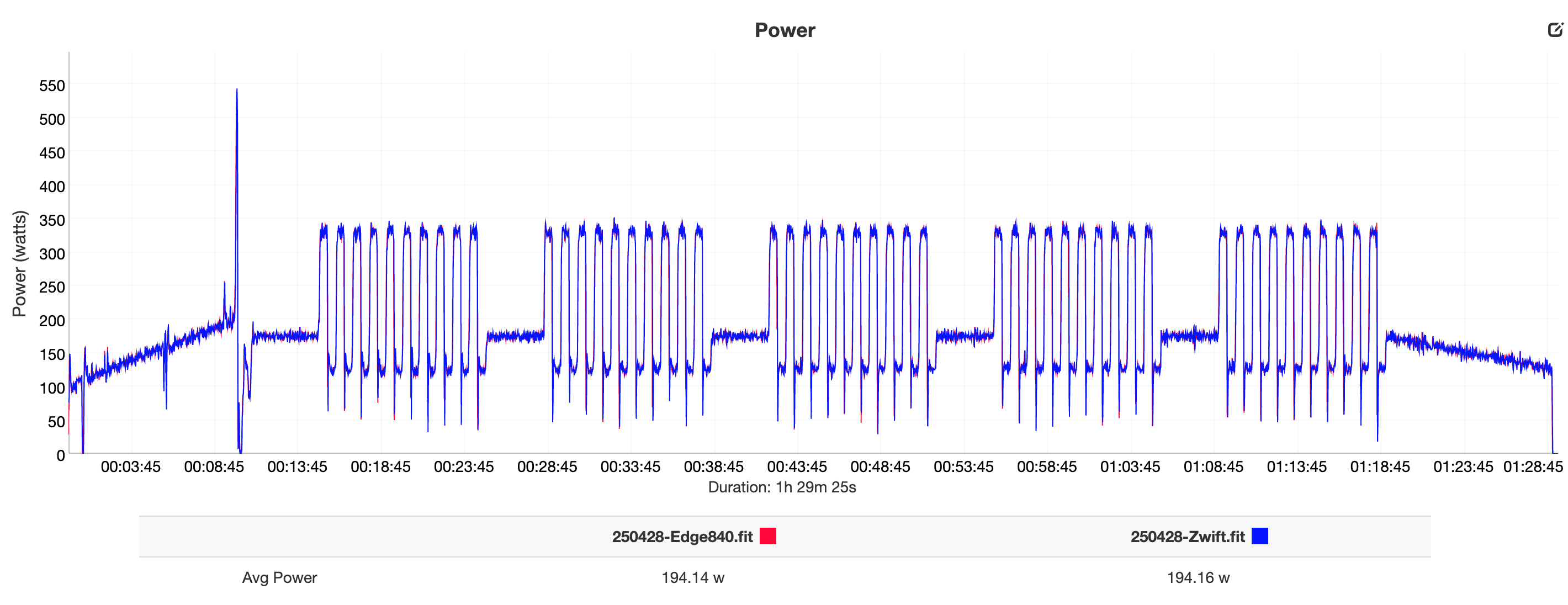
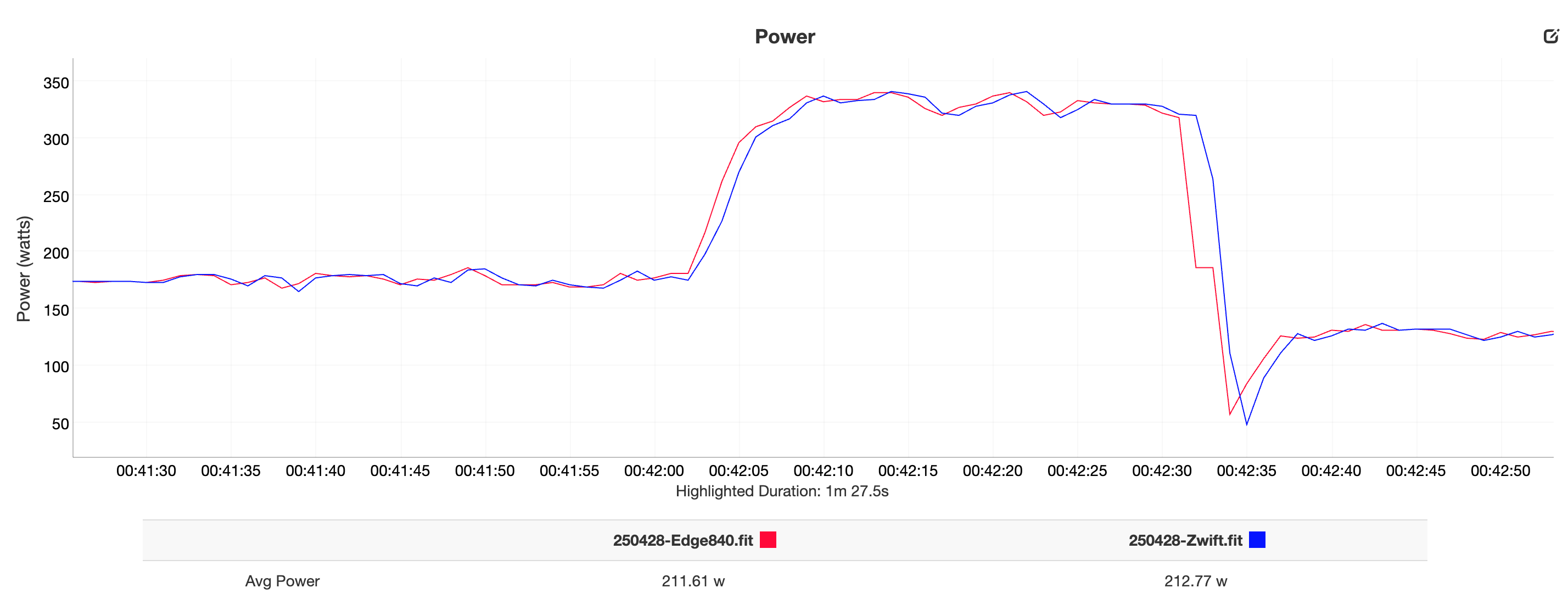
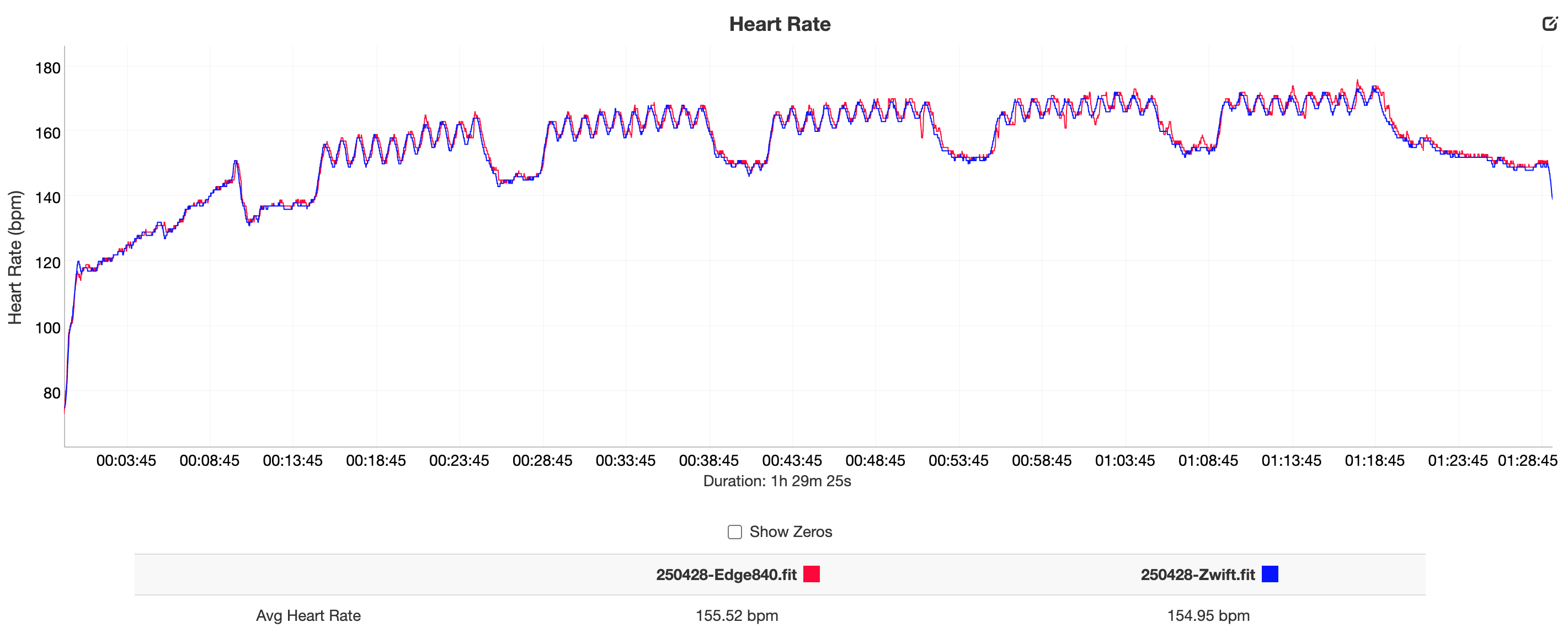
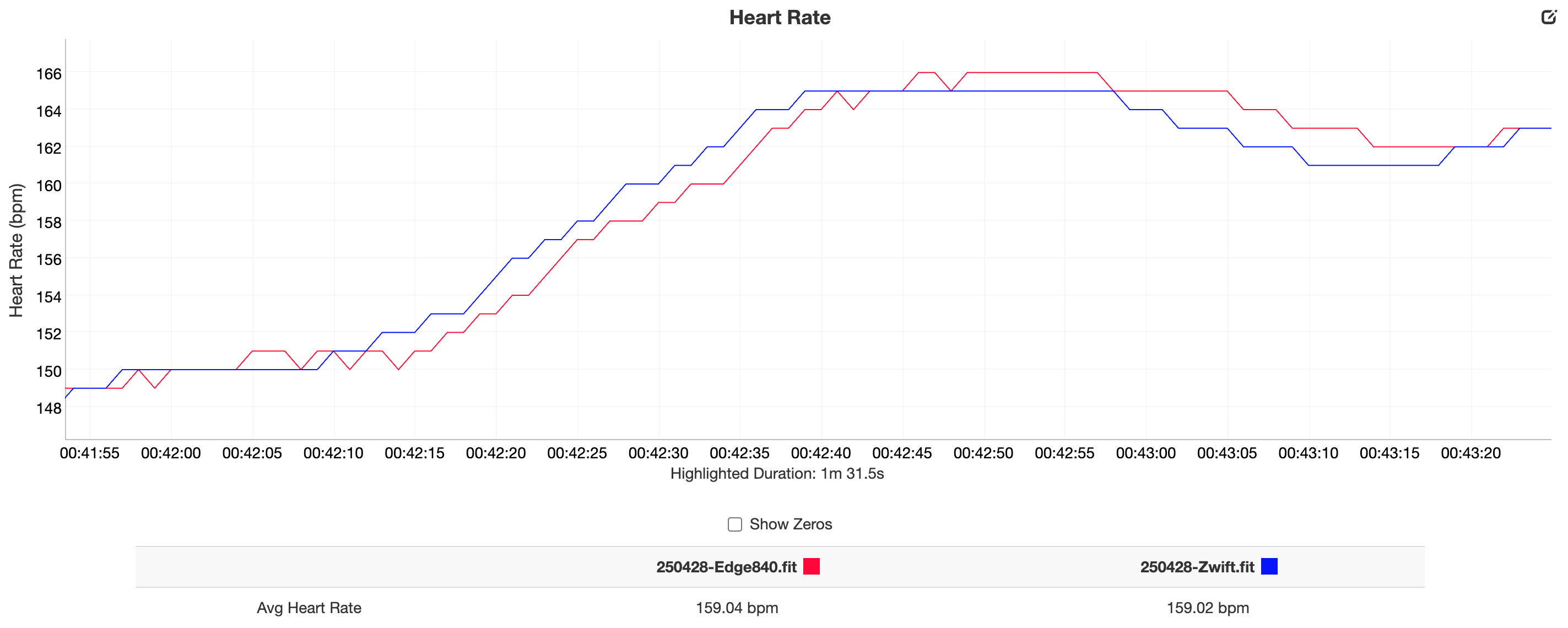
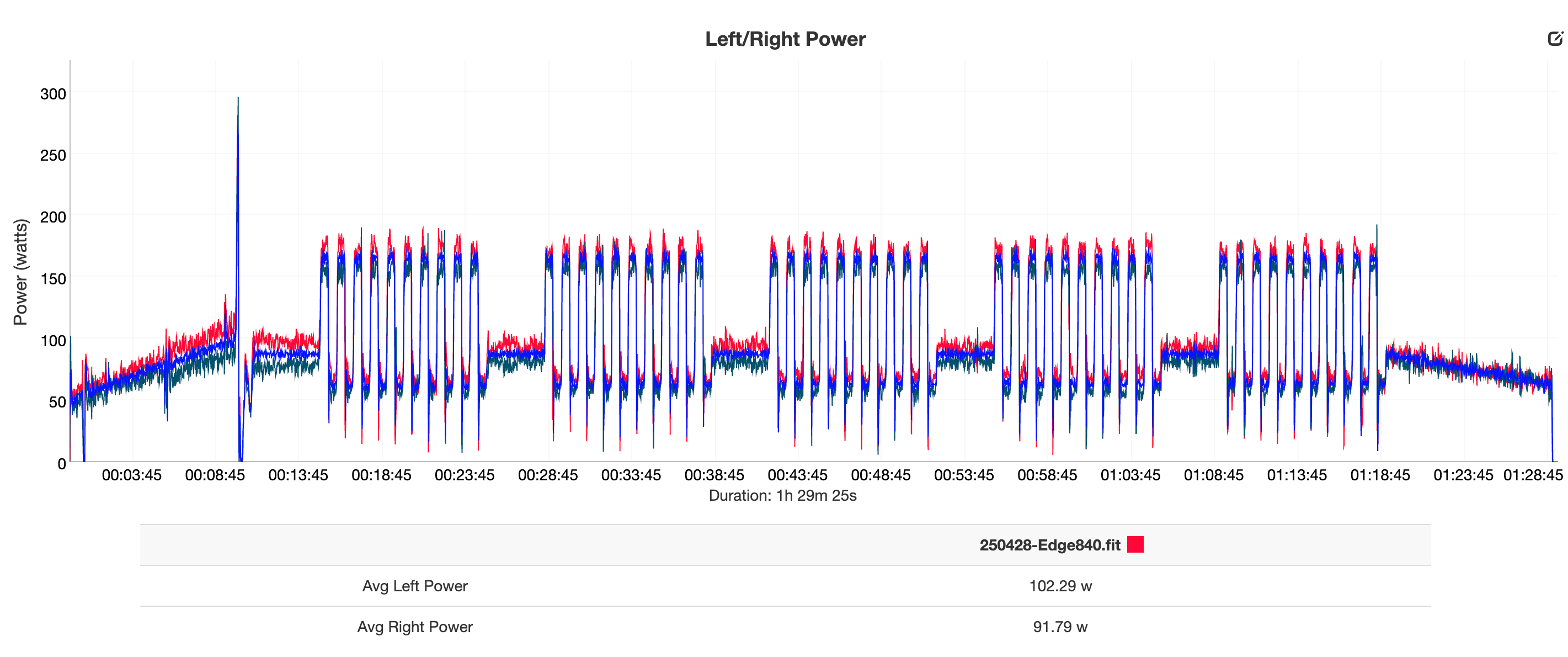
Comments